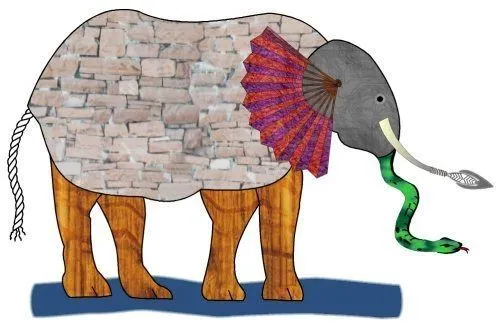Shadows as Things
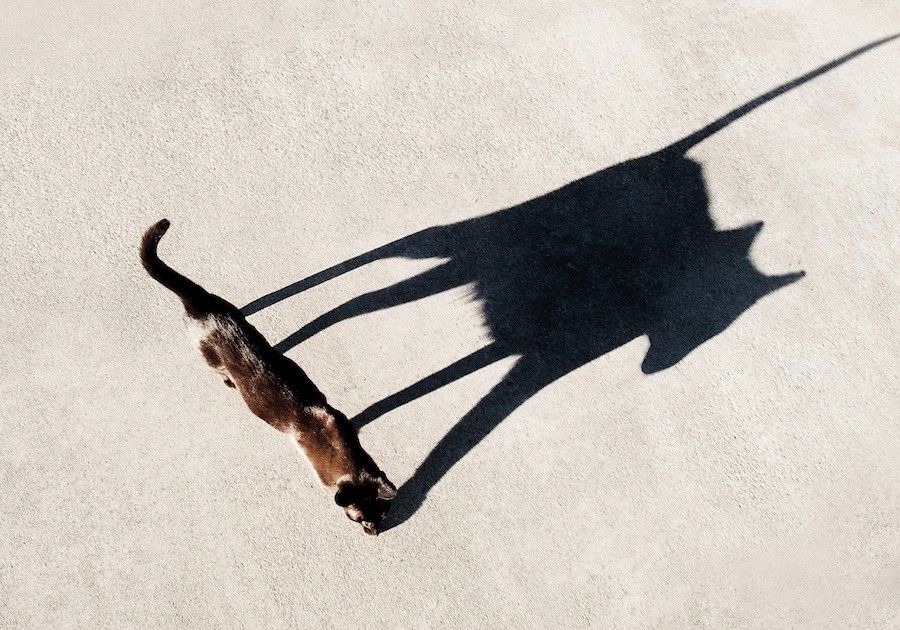
Table of Contents
Shadows get a bad rap. They are commonly considered evil, sinister, or at best inferior (who would ever want to live in somebody else’s shadow?). But give them a chance and you’ll discover that shadows are fascinating things. They are creative interpretations of the objects that block their light. They come in every size and shape. They stretch and dance, and if you’re lucky you might get one to follow you all day.
Technically shadows are not “positive beings” because they are part of what is known as “negative reality” (which I’ve written about previously here). It is the absence of light that creates darkness. Just as the absence of noise creates silence, the absence of stuff creates space. These nothings are powerful features of reality. They can have a deep influence on us emotionally, arousing feelings of joy, or a terror that can even cause death. Yet strangely, as a society, we don’t give them much love and respect.
Only in silence the word, only in dark the light, only in dying life: bright the hawk’s flight on the empty sky.”
―Ursula K. Le Guin,A Wizard of Earthsea
The pervasiveness of darkness
Consider this. The universe is mostly vast quantities of blackness, coldness and silence. In the big picture, it is an extremely rare, mind-bogglingly unlikely event, for any particles of light to exist anywhere. Darkness is a far more pervasive feature of reality than ephemeral light will ever be.
Darkness is everywhere. Light is the exception.

We tend to focus our attention on material objects we can see by virtue of reflecting light back into our eyes. In contrast, when staring into darkness we find very few beams of light coming our way. Our eyes can breathe. Perhaps in the black there is a more direct experience of the true nature of the cosmos.
Since the universe is still expanding, the distant stars and galaxies that brighten the night sky are also getting farther away all the time. Although nothing travels faster than light, it still takes time for light to cross any distance. That means the amount of light reaching us from distant stars dwindles all the time. In other words, the darkness is increasing.
The black canvas of reality
If the universe is primarily black, then it is the light that makes interesting shapes on top of the darkness. When we think of a blank canvas we usually imagine a white surface, but now imagine a black surface. The sun comes out and the canvas is filled with patterns of light dancing on it. The only parts left black are those shielded from the light. These are the shadows.
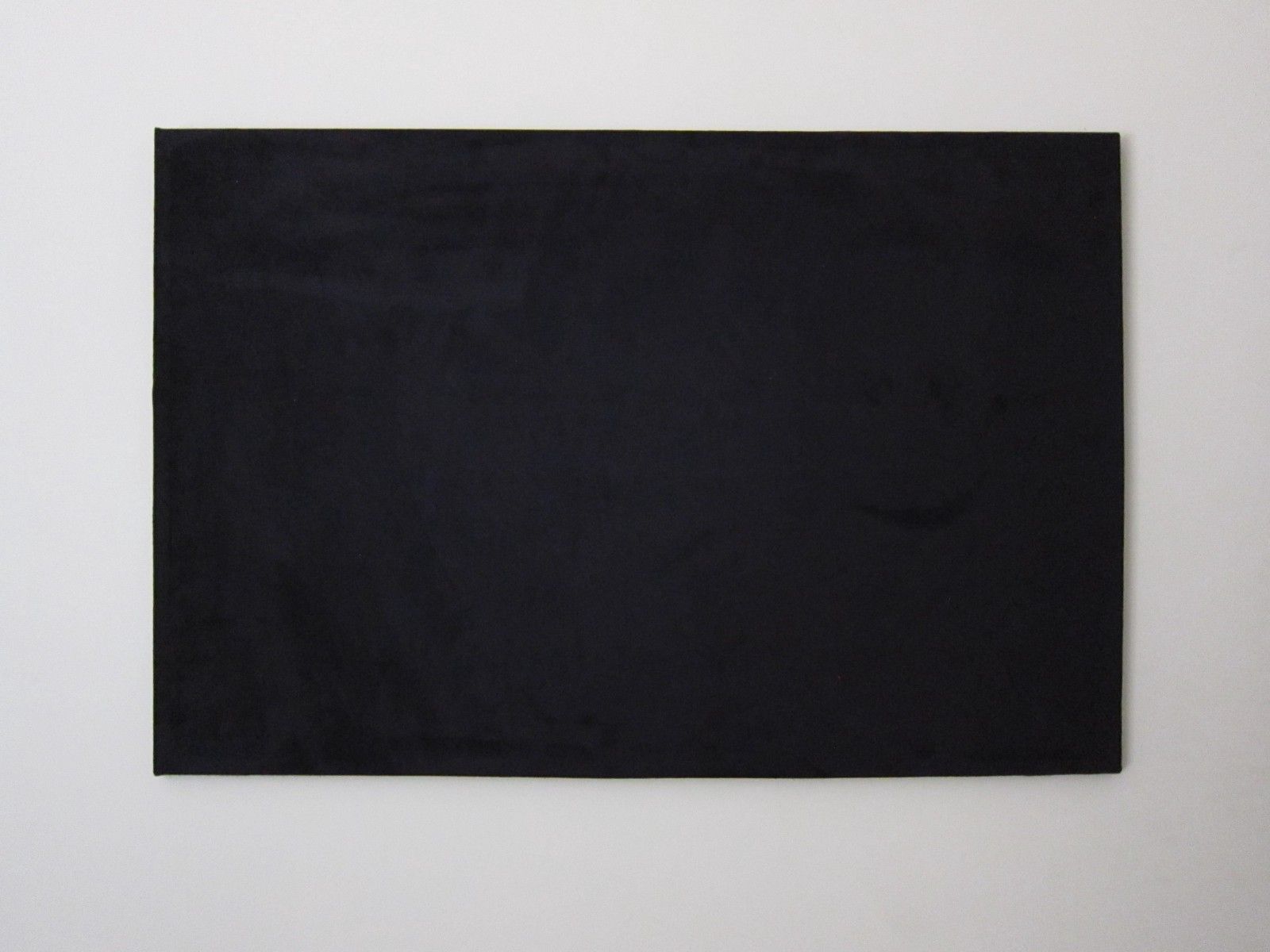

Shadows as holes in the light
Philosopher Roy Sorenson in his thought-provoking essays in “Seeing Dark Things: The Philosophy of Shadows” shares that although shadows are widely considered an absence of light, he finds it far more helpful to think of shadows as “holes in the light”.
What a remarkable concept. A hole usually takes us somewhere else. The smallest of shadows becomes a special portal revealing the great dark underlying everything. Shadows need not live, metaphysically or metaphorically, in the shadow of light. They are equally, if not more, important than the surrounding light.
There is an old spiritual adage that wisely reminds us that there is a crack in everything, and that’s how the light gets in. What if the opposite were (also) true?
There is a shadow in everything.
That’s how the dark shines through.”
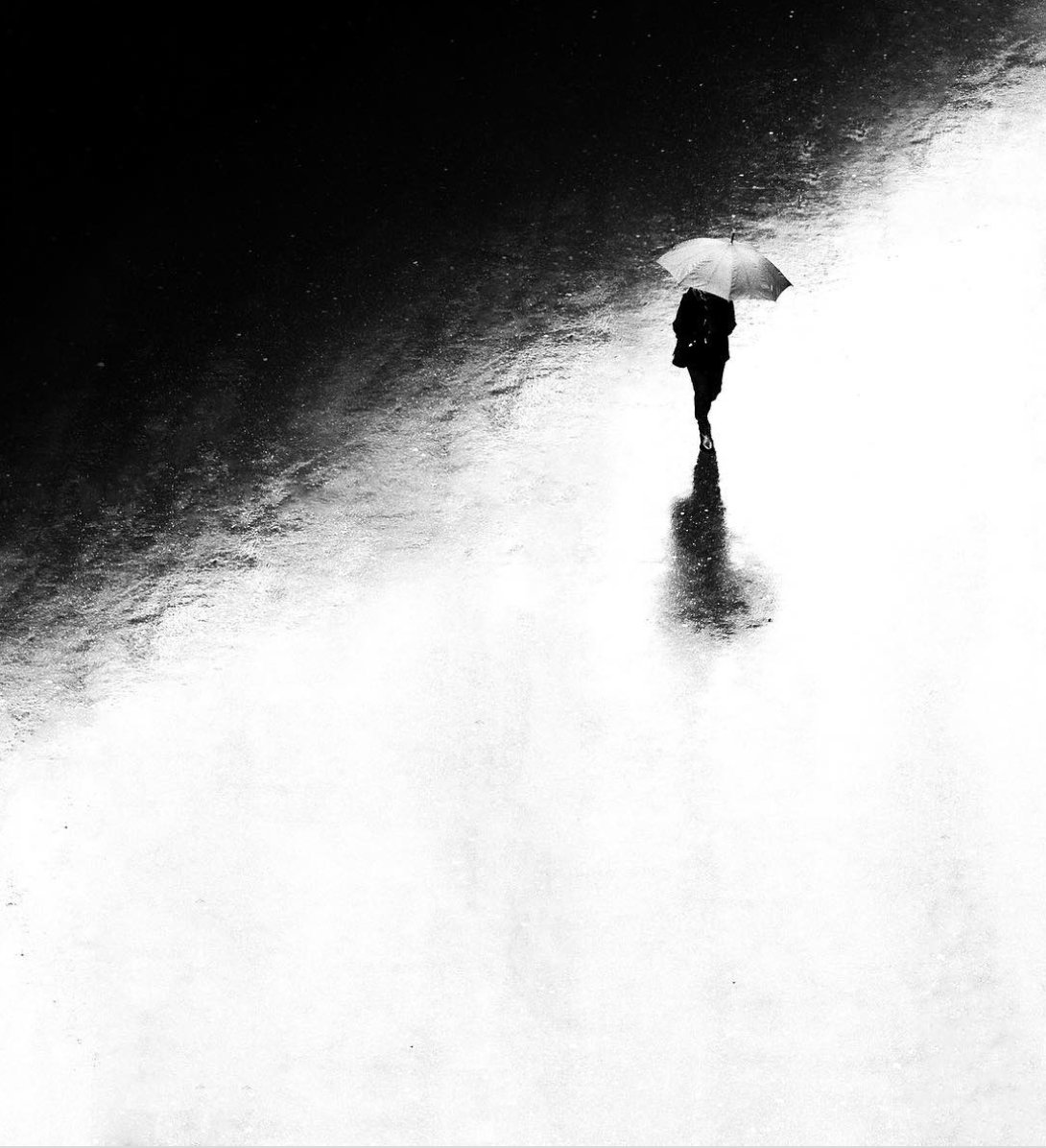
Appreciating the patterns
When we get up from our philosopher’s armchair, we may find that in practice many of us have a deeply held – often subconscious – preference for light over dark. How many times have we increased the brightness and reduced shadows on our photographs before sharing them? How many times have we switched on more lights than we need to see (or read, talk or write), just to dispel the shadows? How many homes, neighbourhoods and cities are now suffering from light pollution?
This desire for an edited version of reality which is filled with more light and less darkness is bound to leave us disappointed with our lives. The striving for one thing requires a rejection of the other. Instead, perhaps we can notice the ways in which the seeming imperfection, the humble wabi-sabi, and the messy play of it all, is what gives life its flavour and fullness.
We find beauty not in the thing itself but in the patterns of shadows, the light and the darkness, that one thing against another creates… Were it not for shadows, there would be no beauty.”
– In Praise of Shadows (1933) by Junichiro Tanizaki, translated here by Thomas J. Harper and Edward G. Seidensticker.
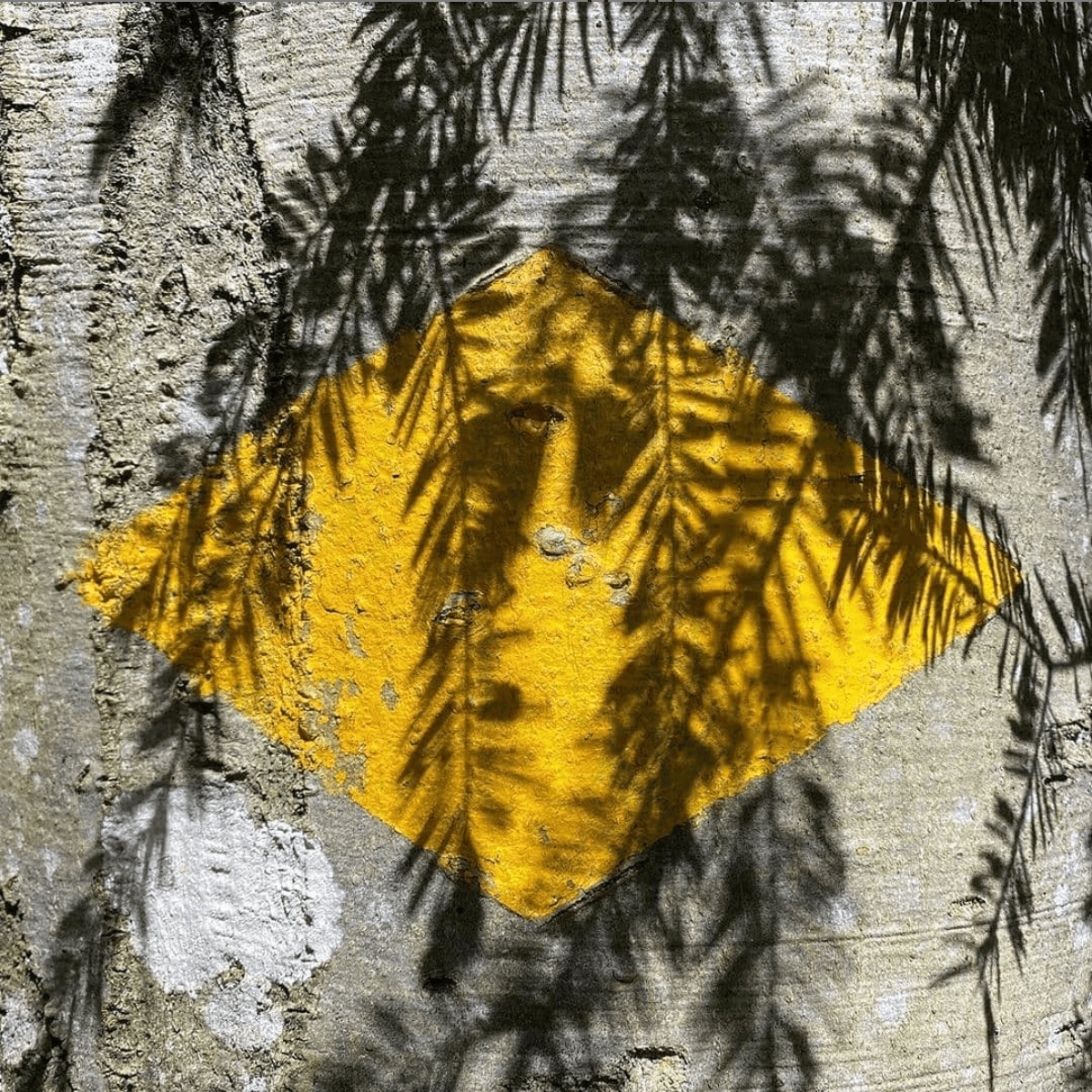
We choose what to notice
There is a famous optical illusion — Rubin’s vase — developed by psychologist Edward Rubin to emphasise how interesting negative spaces can be. It also demonstrates that our brain is not able to appreciate positive and negative space at the same time, we must choose one. We can see either the vase or the faces, but not at the same time. What you see depends entirely on whether you focus on the black or the white areas of the image. In other words, we can choose to see the light or the shadow in any situation and, with a little heart and patience, we can appreciate both.

Let’s take this thought experiment offline. Take a look around you. Whether it’s daytime or evening, if you can read these words you can probably spot a shadow somewhere. Quietly tune your eyes to see patches of darkness, until you find yourself a real-life shadow. (Note: make sure it’s not a silhouette or a reflection.) Take a closer look at the unique blend of darkness in this black beauty. Observe how much stray light is diluting it. Is it a black hole, an insight into universal reality? Or is it a light grey teaser, hinting at the vast darkness that lies beyond it?
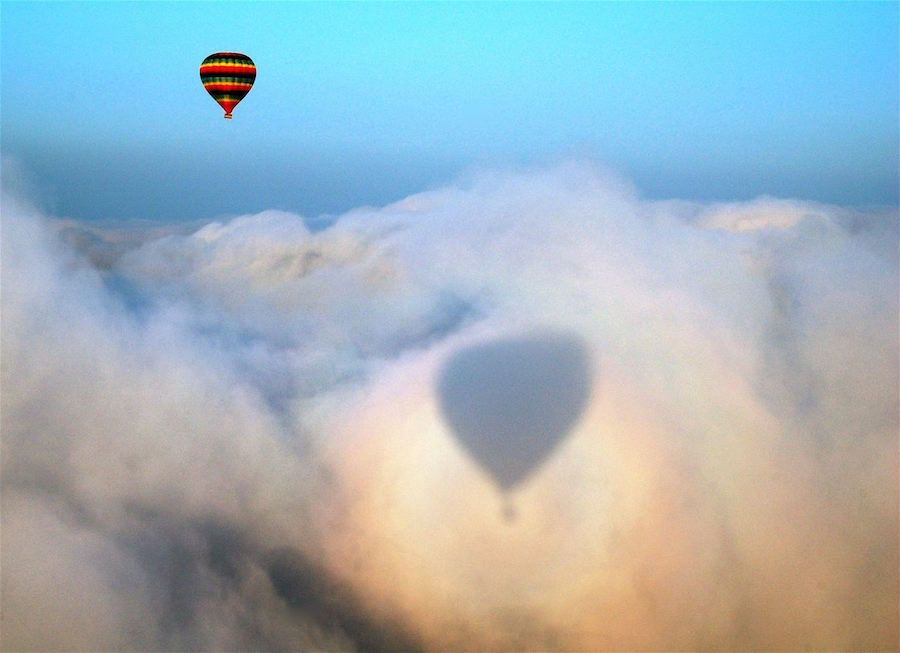
Just Looking Newsletter
Join the newsletter to receive the latest updates in your inbox.



